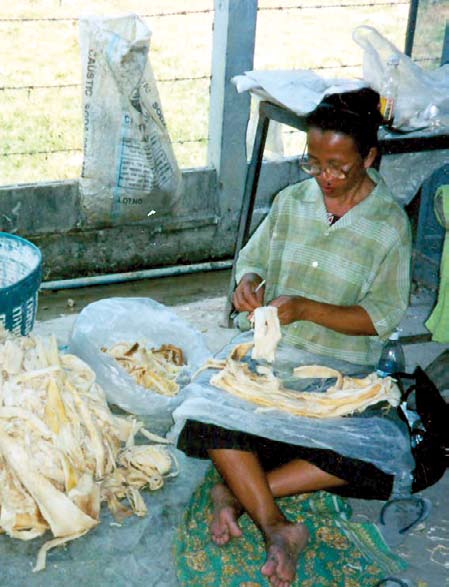Over the past few decades, developing countries have increasingly used microfinance, the practice of making small loans to the working poor. TrickleUp, Kiva.org, and more than 3,6000 microfinance institutions worldwide offer hope for a more cost-effective method of empowering the poor. However, until now, little academic research has looked at the loans’ actual impacts.
Ohio State University economist Joseph Kaboski, Ph.D., and his colleague, Robert Townsend, Ph.D., of the University of Chicago, examined whether the “Million Baht Village Bank” microfinance initiative helped increase consumption, investment and income growth among poor households. They also analyzed the program’s impact on default rates, education, savings and job mobility in rural and semi-urban Thailand. The program, initiated in 2001, transferred one million baht to nearly 80,000 Thai villages to start local lending banks.
“The unique structure of this program gives us a laboratory for evaluating the program and also theories about how households cope when credit is limited or difficult to obtain,” said Dr. Kaboski. “By using the supercomputers at OSC, we were able to efficiently solve and estimate rich models of household economic behavior and compare our predictions to the actual program.
Drs. Kaboski and Townsend found that microfinance has very large impacts on consumption, which are consistent with a model in which households build buffer stocks of savings to protect against adverse shocks when credit is unavailable, somewhat smaller impacts on investment. Still, because households bear interest costs of credit, they found transfer payments are more cost-effective than microfinance.
--
Project lead: Joseph Kaboski, Ph.D., The Ohio State University
Research title: The impact of credit: Examining a policy experiment
Funding source: National Institute of Child Health & Human Development, National Institutes of Health, R03HD04776801
